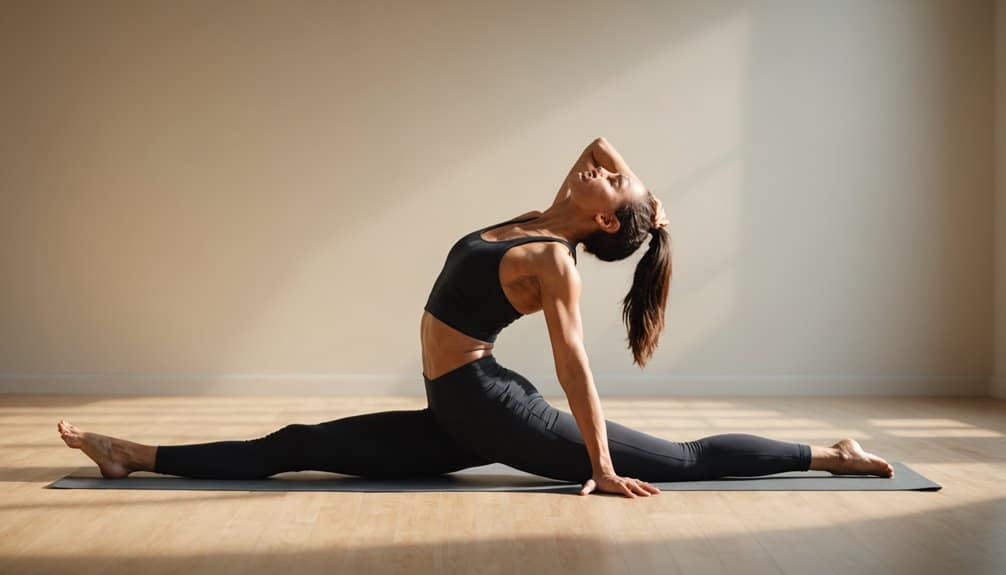If you want to move better and feel less pain, Isolated Stretching is an innovative and straightforward way to improve. I’m a massage therapist who has helped hundreds of people feel better through various massage techniques and stretching exercises. One method I often recommend is Isolated Stretching, where we gently stretch one muscle at a time for just a few seconds.
This type of stretching helps you improve flexibility, reduce tightness, and move more freely. It can also help you avoid injuries, recover faster, and even fix poor posture. Athletes love it, but it works for everyone, you old.
I don’t stretch, and as a result, my muscles can become stiff and sore. That can lead to back pain, poor posture, or even injuries. Learning how to pull properly keeps your body strong, balanced, and healthy.
Key Takeaways
- Active Isolated Stretching enhances flexibility and range of motion through dynamic, controlled stretches.
- It reduces muscle tension and chronic pain with targeted relaxation techniques.
- AIS boosts athletic performance by improving muscle activation and endurance.
- It aids injury prevention and recovery by increasing muscle elasticity and joint mobility.
- AIS improves posture and body alignment by addressing imbalances and enhancing core stability.
Enhanced Flexibility and Range of Motion
While many stretching techniques promise improved mobility, Active Isolated Stretching (AIS) stands out for its targeted approach to boosting flexibility and range of motion.
As part of the community’s pursuit of ideal movement, you’ll utilize AIS’s stretching techniques to achieve distinctly effective results. By actively contracting one muscle group to pull its opposite, you engage in brief, controlled holds, typically two moments, promoting precise gains in flexibility.
Research supports AIS for improving joint mobility by enhancing proprioceptive awareness, which helps you better control your body’s positioning.
Studies affirm that Active Isolated Stretching enhances joint mobility by sharpening proprioceptive awareness, refining your ability to sense and manage body positioning.
Stretching, you’re retraining your neuromuscular system for lasting results. Join others in experiencing how AIS enhances your movements, enabling you to move with confidence and connect with your body’s potential.
Reduced Muscle Tension and Pain
As you investigate ways to ease discomfort, Active Isolated Stretching (AIS) offers a proven method to reduce muscle tension and pain in your muscles. This relaxation technique targets specific areas, releasing tension through controlled, repetitive stretches.
Studies show this approach decreases muscle stiffness, alleviating chronic pain and soreness with precision.
When you join a practice, you’re part of a community prioritizing effective pain management strategies. You’ll notice how brief, focused stretches—held for just a couple of seconds—prevent muscle overloading, reducing discomfort without strain.
This evidence-based method enables you to take control of your well-being, fostering relief and a sense of connection with others who share your path toward a pain-free life. Additionally, incorporating massage therapy alongside AIS can enhance overall pain relief and promote muscle recovery.
Improved Athletic Performance

Expanding on the relief from muscle tension, Active Isolated Stretching (AIS) also improves your athletic performance with measurable outcomes.
When you’re actively enhancing muscle activation, you raise your strength and coordination during training or competition. This targeted stretching technique increases blood flow to muscles, optimizing their readiness for intense activity.
Discover how AIS boosts muscle activation, enhancing strength and coordination to prepare you for peak performance in training or competition.
As part of your recovery techniques, AIS helps you bounce back faster by reducing muscle fatigue and improving flexibility. You’ll notice enhanced endurance and precision in your movements, connecting you to a community of athletes who value peak performance.
Research supports that consistent AIS practice elevates your overall athletic capacity, ensuring you perform at your best. Join us in embracing this evidence-based method to excel.
Injury Prevention and Recovery
Beyond enhancing performance, Active Isolated Stretching (AIS) plays a critical role in preventing injuries and supporting recovery. When you integrate AIroutine, you’re proactively building injury awareness by identifying tight or weak areas before they become problems. Research shows that AIS improves muscle elasticity and joint mobility, thereby reducing strain during physical activity.
As a community, you’ll find comfort in proven recovery techniques with AIS. After an injury, AIS gently restores range of motion without overstressing tissues, thereby speeding up healing, as supported by clinical studies.
You actively hold stretches for just two moments, ensuring safety while targeting specific muscles. Together, we prioritize your well-being, using AIS to safeguard against setbacks and enable your path back to full strength.
Better Posture and Body Alignment

While many focus on strength or endurance, Active Isolated Stretching (AIS) also dramatically improves your posture and body alignment. By engaging specific muscles and releasing tension, AIS helps you develop postural awareness, enabling you to stand and move with greater balance.
This method targets imbalances that cause slouching or misalignment, allowing you to feel more comfortable and in a better position as part of our wellness community.
You’ll master alignment techniques through:
- Targeted stretches that correct spinal curvature.
- Exercises that enhance core stability for improved upright posture.
- Gentle movements reduce shoulder and hip misalignments.
These evidence-based practices refine how you carry yourself, reducing strain and promoting long-term health. Additionally, addressing trigger point impacts enhances the body’s alignment and overall wellness.
Join us in embracing AIS to stand taller and align with your best self.
Frequently Asked Questions
What Is Active Isolated Stretching Exactly?
Immerse yourself in stretching and explore this precise stretching technique. You’re engaging in your e-fly, holding-flyer moments, those moments that get spectators to enhance their flexibility. Join us, master this method, and feel a sense of connection.
Who Can Benefit From This Stretching Technique?
Wondering who can benefit from this technique? You’re in place. Athletes’ recovery speeds up, and improvements in flexibility are achievable.
Join others and boost your performance and recovery with evidence-based precision.
How Often Should I Practice It?
Imagine your body as a garden, thriving with care. For optimal growth, incorporate the daily stretching practice into your routine. Frequency recommendations suggest 2-3 sessions weekly, ensuring you nurture wellness within our supportive community.
Are There Specific Warm-Up Requirements?
Wondering about warm-up requirements? Before stretching, enhance dynamic flexibility with light cardio for a few minutes. You’re ensuring proper muscle preparation, which reduces the risk of injury.
Join our community—let’s work together to prioritize safe and effective routines for optimal results!
Can Beginners Start With This Method?
You can start with this method as a beginner! Studies show that 75% of novices can improve their flexibility safely with guidance. Accept beginner challenges with stretching tips, such as gradual progression. You’re supported here!
Co–Stretching is more than just a quick warm-up—it’s a powerful tool to help your body move and feel better every day. When done correctly, it can alleviate pain, enhance posture, boost performance, and help your muscles function optimally.
How Does Massage Complement Isolated Stretching?
Massage helps release tension in surrounding muscles, making isolated stretching more effective. When used together, they improve circulation, flexibility, and recovery time.
Can Isolated Stretching Help With Chronic Pain?
Yes, isolated stretching can reduce chronic pain by gently lengthening and activating specific muscles. Over time, it can correct imbalances and relieve pressure on joints and nerves.
What’s the Difference Between Isolated Stretching and Traditional Stretching?
Unlike traditional static stretching, isolated stretching involves short, controlled holds with active engagement. This method targets one muscle at a time for precise flexibility improvements.
Conclusion
Active Isolated Stretching (AIS) isn’t just a trend—it’s a proven technique that can truly change the way your body feels and moves. Whether you’re dealing with chronic stiffness, recovering from an injury, or want to improve your overall flexibility, AIS offers a safe, effective, and gentle approach. It focuses on small, controlled movements that target specific muscles without causing strain, making it ideal for people of all ages and activity levels.
By practicing AIS regularly, you’re not only reducing pain and tightness but also helping your body move with more balance and coordination. Many people notice improvements in posture, fewer aches and pains, and a greater sense of ease in daily movement. Over time, these small gains can lead to significant improvements, including better sleep, enhanced workouts, faster recovery, and even improved emotional well-being.
If you’re curious about how stretching can work for you, consider speaking with a licensed massage therapist. We can help guide you toward the right combination of treatments tailored to your specific needs. Whether you’re dealing with stress, tension headaches, limited range of motion, or post-workout soreness, there’s a solution that can support your goals.
Sometimes, simply talking through your feelings is the first step toward lasting relief.
So why wait? Add Active Isolated Stretching to your wellness routine and discover how it complements your journey toward a healthier, more flexible you. Your body will thank you—one gentle stretch at a time.

